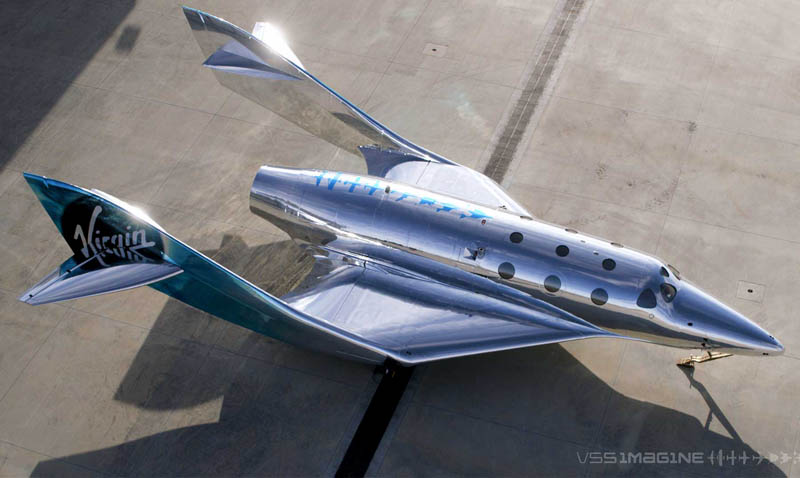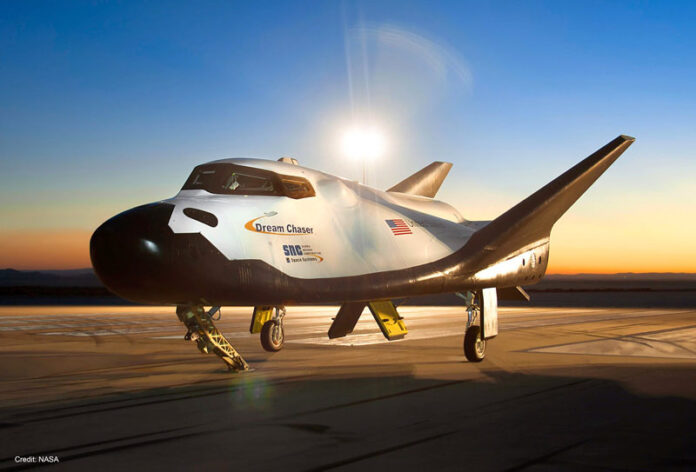Imagine this: You have a business meeting in London tonight, but you’re currently in Sydney. No problem! Just hop on a suborbital flight, and you’ll be in Britain in a mere two hours.
No, this isn’t a plot from a futuristic sci-fi movie. Rather, it’s a very real prospect that could revolutionise travel.
Flying from Sydney to London currently takes a grueling 22 hours on a commercial plane. However, the aviation industry is working on ambitious plans to slash this travel time by more than 90%, as reported by The Times.
How, you ask? By taking a detour through space!
Suborbital flights could make this travel dream a reality, according to a study conducted by the UK Civil Aviation Authority (CAA). Most people can withstand the G-forces of suborbital space flights. This research, published in the Aerospace Medicine and Human Performance journal, indicates that while there may be some physiological responses, the human body can generally tolerate the stressors of space travel.
Dr. Ryan Anderton, CAA’s medical lead for space flight, suggests that suborbital flights could be a reality “a lot sooner than people think… certainly less than 10 years”.
This prediction aligns with the current boom in space tourism, where both suborbital and orbital flights are becoming increasingly prevalent.
But let’s break this down: what exactly is a suborbital flight?
In simple terms, suborbital flights enter space but do not stay there long enough to orbit the Earth.
At the moment, suborbital flights, like those offered by Richard Branson’s Virgin Galactic, come with a hefty price tag of more than £350,000 per seat. But industry experts predict that the costs will decrease as the technology matures, making it an accessible intercontinental travel option for more people.
So, how would these flights operate? Passengers would board a suborbital craft, similar to Sierra Space’s Dream Chaser or Virgin Galactic’s VSS Imagine, at a specially adapted launch site.

After experiencing G-forces four times the force of the Earth’s gravity, the vehicle would enter a period of microgravity.
As the journey concludes, G-forces would peak at six times during the descent for around 10 to 15 seconds.
It’s worth noting, though, that this isn’t a casual stroll in the park. Researchers found that subjects experienced changes in heart rate, blood pressure, and cardiac output when exposed to space launch-style G-forces.
While the prospect of space commuting is incredibly exciting, it’s important to remember that it’s still in the early stages of development. There are still many regulatory and safety hurdles to overcome, and it’s unclear how much these flights will cost once commercialised.
But the vision is clear: a world where hopping from London to Sydney in a couple of hours is as normal as catching a train to work.
To get news like this delivered straight to your inbox, subscribe to our newsletter:

